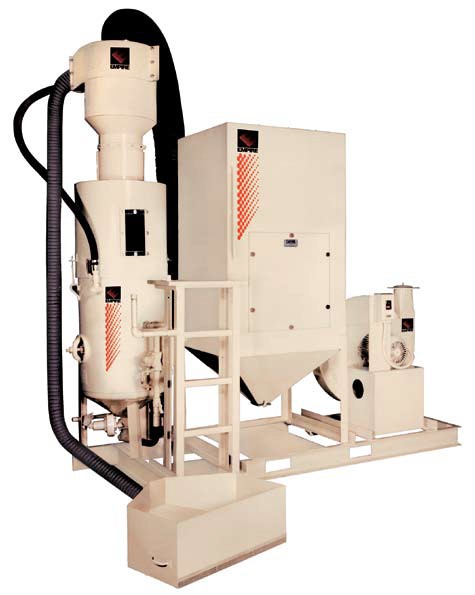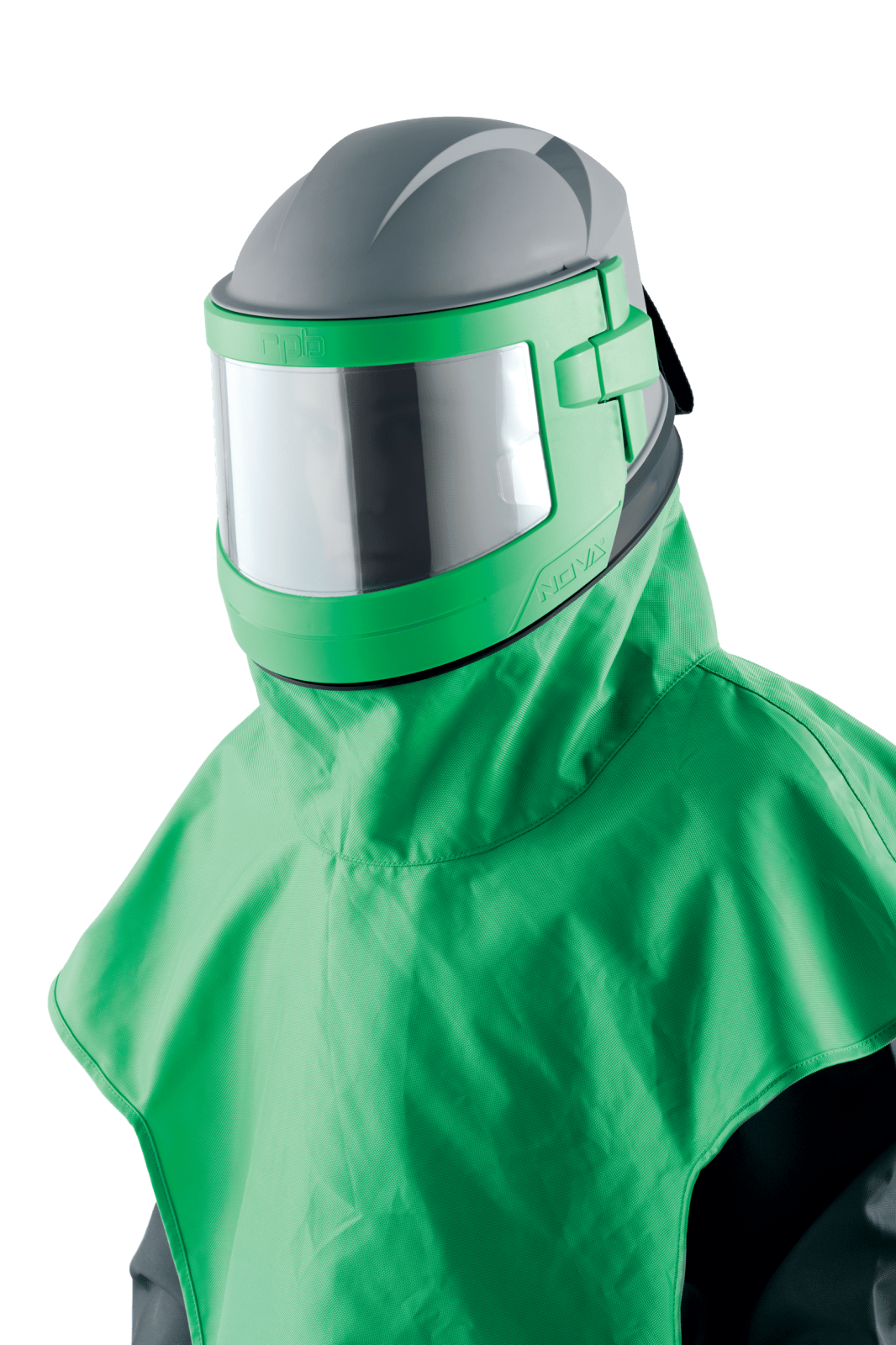
7 Things You Should Be Doing When Sandblasting
Every project requires a it’s own blasting process, equipment and media selection, but here are a few general sandblasting tips to help guide you in the process.
1.) Never Blast With Silica Sand
Besides new stricter laws addressing Silica PEL Limits, crystaline silica leads to a deadly disease known as silicosis. Never use silica sand (also known river sand and sugar sand) for abrasive blasting. Consider using other low cost alternatives such as Black Beauty Coal Slag, Green Diamond Sand, Starblast
2.) Reclaim Your Media
If you want to save money, find a way to reclaim your media. There are several ways to reclaim media, one way is to use a blast cabinet or blast room with a reclamation system. In open blasting situations outdoors pneumatic blast and recovery systems are a great option as well as blast and vac systems.

3.) Choosing A Blasting Abrasive
Selecting your blast media is an important part of the overall process. You need to ensure that the media is safe to use on your substrate, whether or not you can reclaim and recycle, and the desired outcome. Ask your media supplier for an estimate on blast bycles for the media you think will fit best. (See Below)
4.) Make Sure You Are Using The Right Sized Compressor For Your Nozzle
Larger Blast Nozzle typically equals more production, that being said it also requires more CFM and Horsepower from your compressor. The chart above illustrates what is required from compressor based on nozzle and pressure at the nozzle. Tip: It is a good practice to base your compressor size requirements based on the next nozzle size up, to accommodate for nozzle wear especially when blasting with aggressive media.
There are several types of blast nozzles to choose from. They very in size, shape and material.


5.) Choose The Correct Blast Hose
Choosing the correct size and type of blast hose will not only ensure a longer life of the hose based ont he type of media you are using, but will also help reduce operator fatigue. Ensuring your operators are working at the highest level will increase production and efficiency. There are several types of blast hose to choose from, some factors to consider include weight, durability, flexibility, and is it static dissipating.

6.) Wear Proper PPE With Protective Clothing
If you are not sure what personal protection equipment you should wear when abrasive blasting, contact your media supplier or you can call reach out to a Midvale Technical Rep. Typical protective equipment includes a blast helmet, blast helmet lenses, blast suit and cape, blast gloves, air supply line, breathing air hose, CO monitor, CPF Filter, and sometimes an ambient air pump.

7.) Cheap Abrasives May Not Be That Cheap
There are a number of factors that determine the “true cost” of an abrasive: The dollar amount per pound, the number of cycles, and your reclaim system.
As mentioned in tip number 3 reusability is important, blast media that initially seems very expensive such as steel shot/grit (reusability 200+ cycles) versus a cheaper abrasive such as coal slag (reusability 1 – 3 cycles). While steel media is superior in reusability it is not cheaper if you cannot reclaim it effectively (see tip #2).
Start Sandblasting Today
Interested in learning more about how to make your sandblasting operation efficient and productive? Or starting your blasting operation from the ground up? Talk to our team of technically trained reps today.

